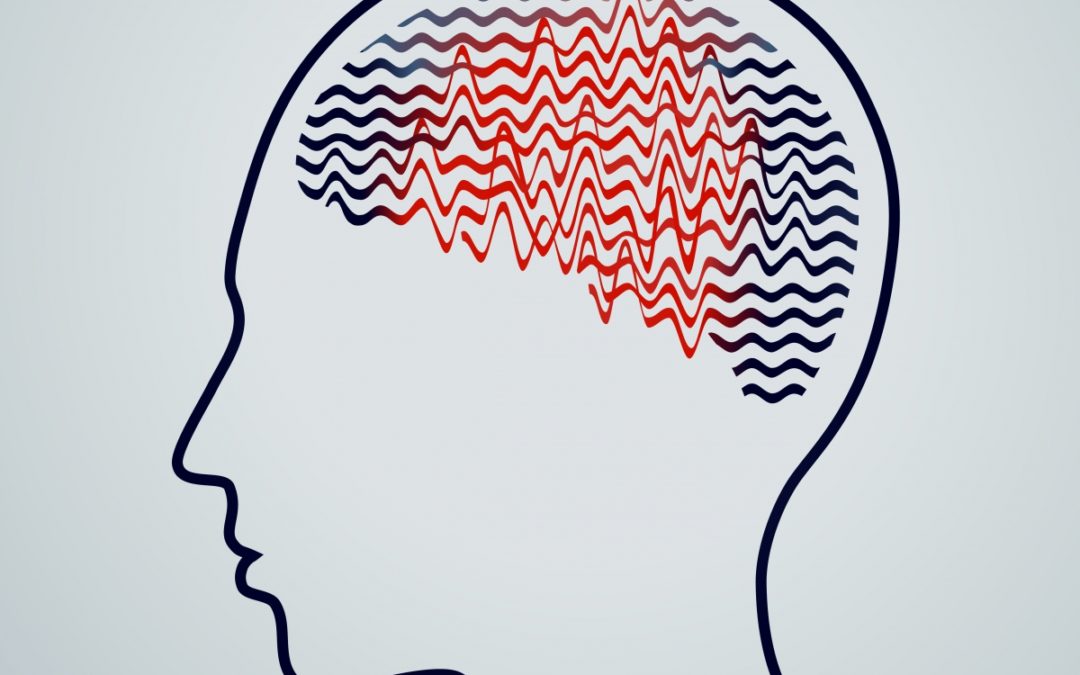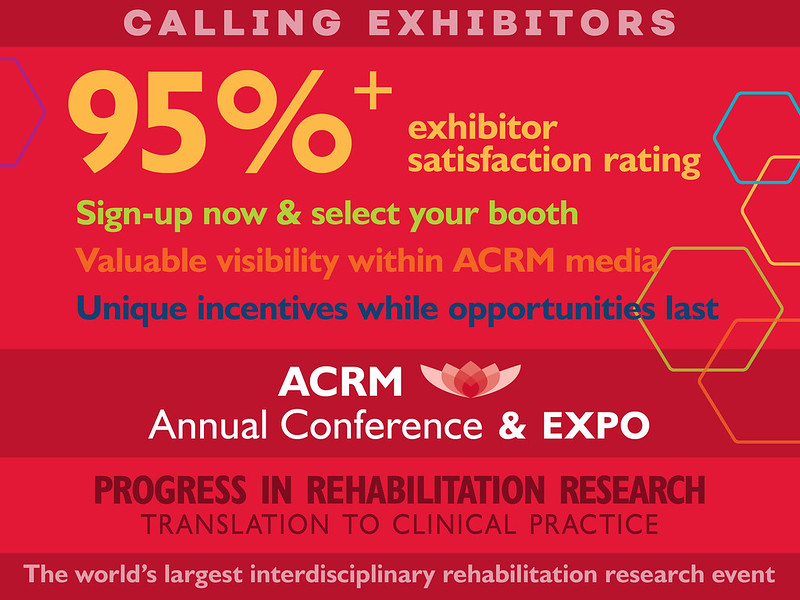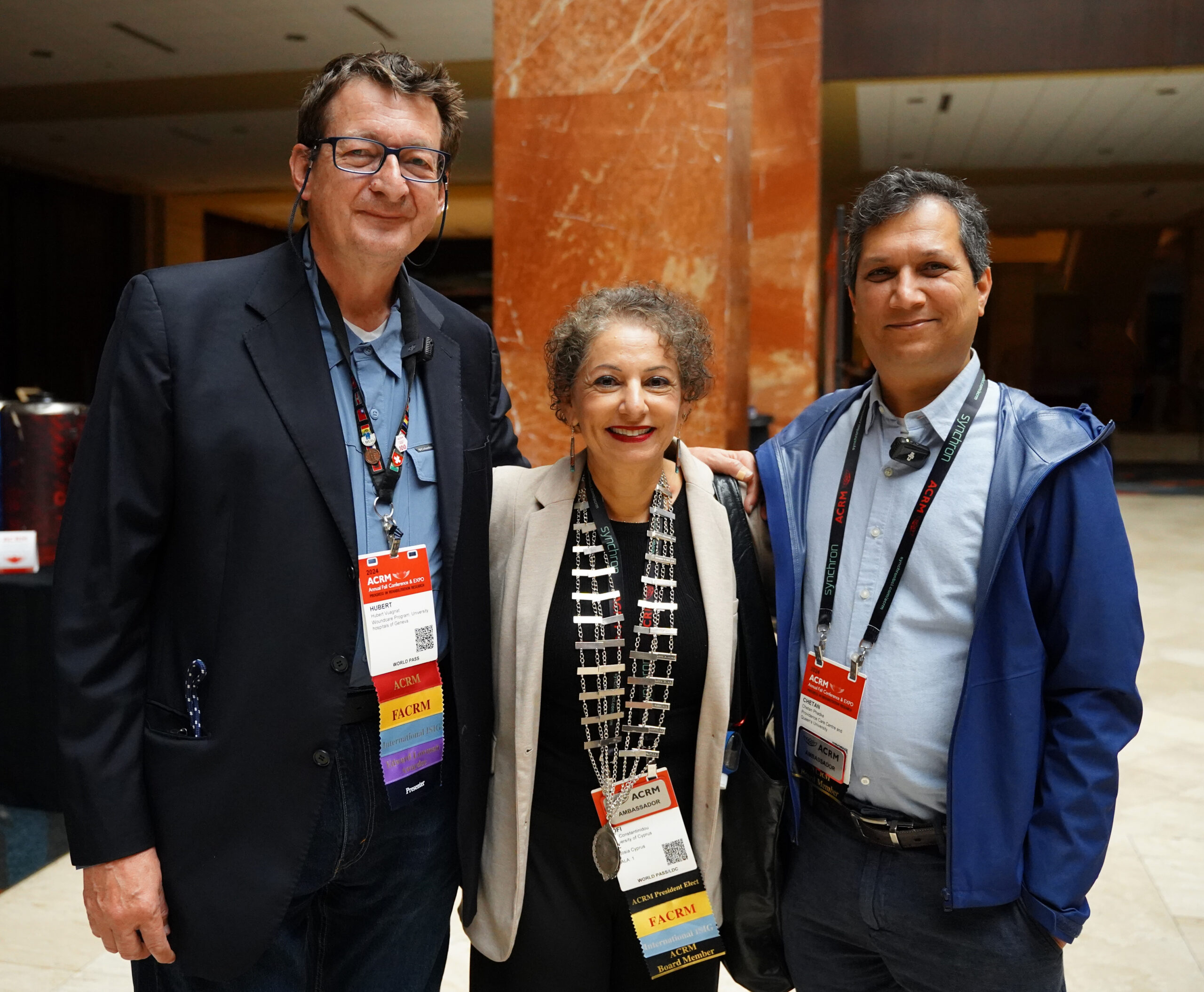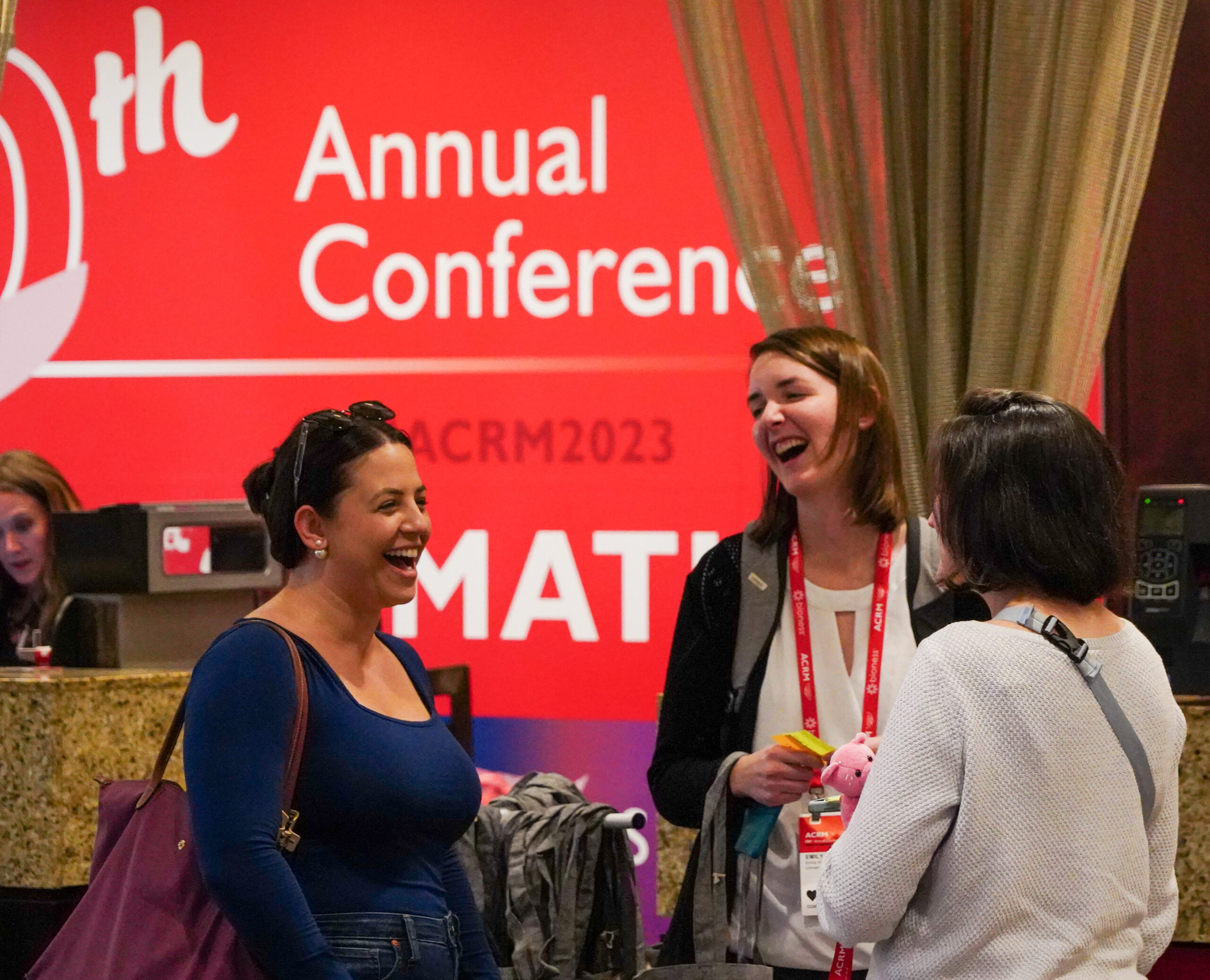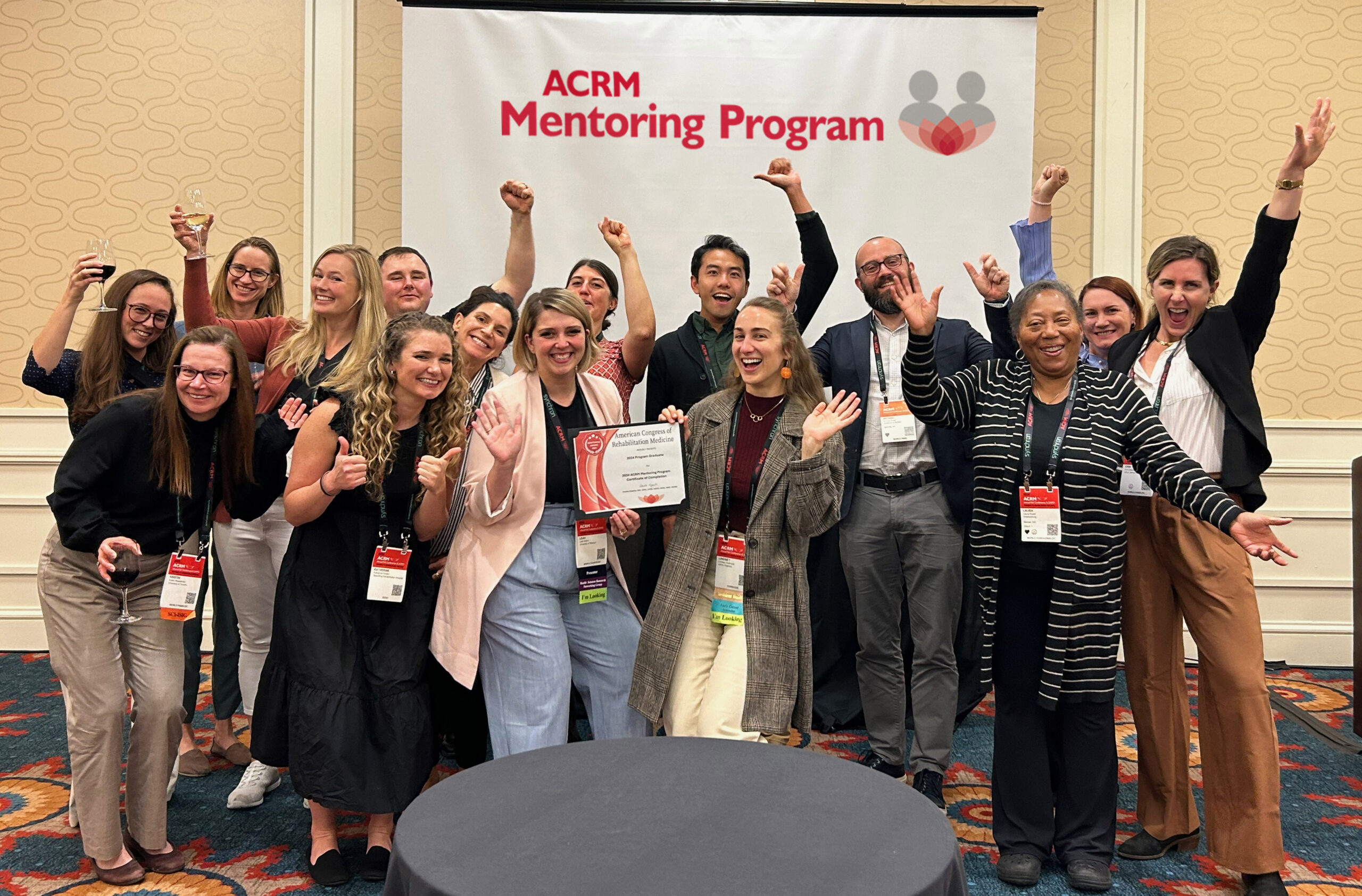In today’s ACRM blog, we’ll be looking at a few studies that have been published this summer and giving you the highlights of what’s new in neuroscience news. One of our goals is to help facilitate conversations surrounding rehabilitation research. We want to support the research careers of early-career professionals by providing them with the networks and access to the research they need to thrive in the field. We want to improve the lives of people with disabilities — and if this is your passion as well, you should join ACRM and attend our yearly conference! Continue reading to learn more and follow our blog to keep up to date on the ACRM and rehabilitation research and rehabilitation medicine.
The Link Between Expectations and Perception
MIT neuroscientists have identified brain activity patterns that use prior information to encode beliefs that then change the way we engage and interpret the world around us. We use our prior beliefs to make sense of what we’re perceiving in the present. For example, a therapist who has extensive experience diagnosing and treating spinal cord injuries will be able to use that experience to identify and understand symptoms in a way an inexperienced intern will not.
Merdad Jazayeri, the senior author of the study and a member of MIT’s McGovern Institute for Brain Research, said: “How these beliefs come to influence brain activity and bias our perceptions, thoughts, and actions was the question we wanted to answer.” The scientists trained animals to perform a quick, time-based task — which is challenging because our sense of time can be faster or slower than the actual time that has passed. After repeated tasks, the animals were able bias their reaction to a middle range timing.
Ultimately, the study was able to isolate and observe through neural activity how the brain uses prior experiences (the repeated time-based tasks) and how that bias can warp the neural representation of time. The researchers plan to continue studying how the brain embeds this knowledge into synaptic connections, and how those connections alter the brain structure. In terms of rehabilitation research implications, the scientists believe that they may eventually be able to reverse-engineer the process and remove bias behavior, which can change how we integrate previous knowledge and has implications for neuroplasticity — join the neuroplasticity community to learn more.
Healing Injured Nerves
Researchers from Ruhr-University Bochum have been looking into a particular protein, PTEN, that may help partially regenerate nerve cells following an injury. This is a very new, and very focused avenue of rehabilitation research. It is currently not something that can be used in humans because the therapy involves direct inhibition of PTEN, and doing so triggers a multitude of reactions — some of which often lead to cancer.
However, with further study on the reactions of PTEN with other enzymes and proteins, like CRMP2, there are possibilities for new drug approaches. Ultimately, healing injured nerves would be a massive breakthrough in rehabilitation research, but is far away from being a safe, usable therapy.
Treating Chronic Itch
A study from the Salk Institute has identified a set of neurons in the spinal cord connected to light-touch signals from the skin to the brain, which has implications for treating chronic itch. The itching sensation is part of the body’s defense system, just like pain, but it can be overstimulated and cause problems like psoriasis. The researchers previously discovered a set of neurons which produce the neurotransmitter neuropeptide (NPY) which turns on the itch sensation. This new research discovered what inhibited the NPY neurons, turning off the sensation. By selectively putting on the NPY brake, doctors can help mitigate and treat chronic itching disorders.
Join ACRM
The ACRM interdisciplinary Spinal Cord Injury special interest group and the Neuroplasticity Networking Group are a wonderful way to continue conversations surrounding neuroscience news and rehabilitation research. We’re always happy to have more members join our professional community. Learn the benefits of joining ACRM as well as member dues and membership application. The ACRM conference is another great way to network with colleagues and keep up with the latest trends in rehabilitation research and medicine.


